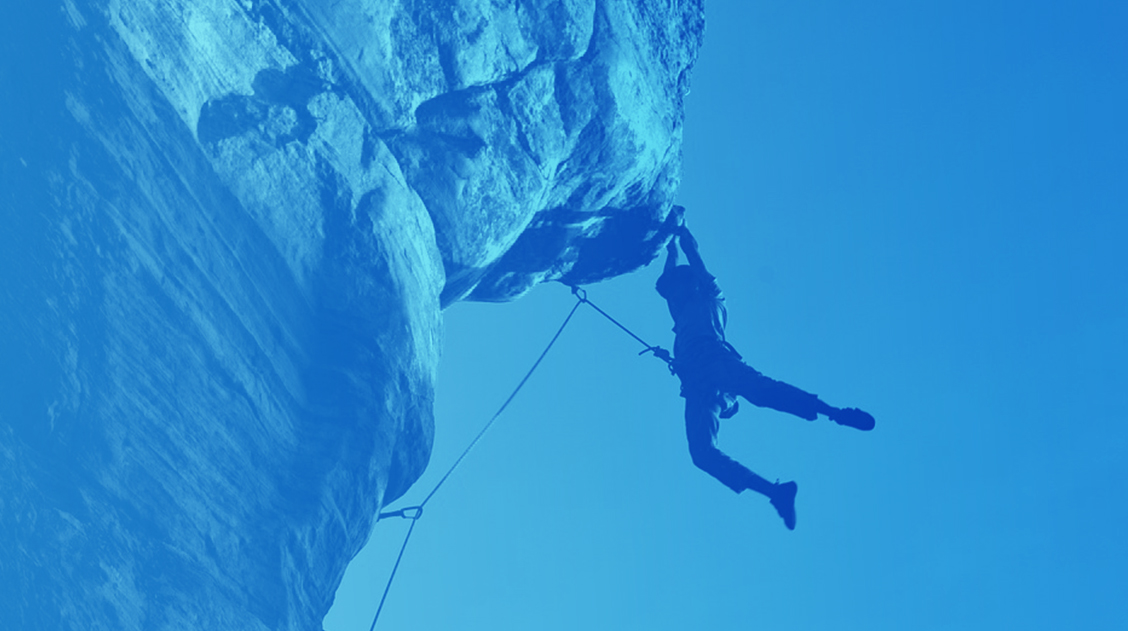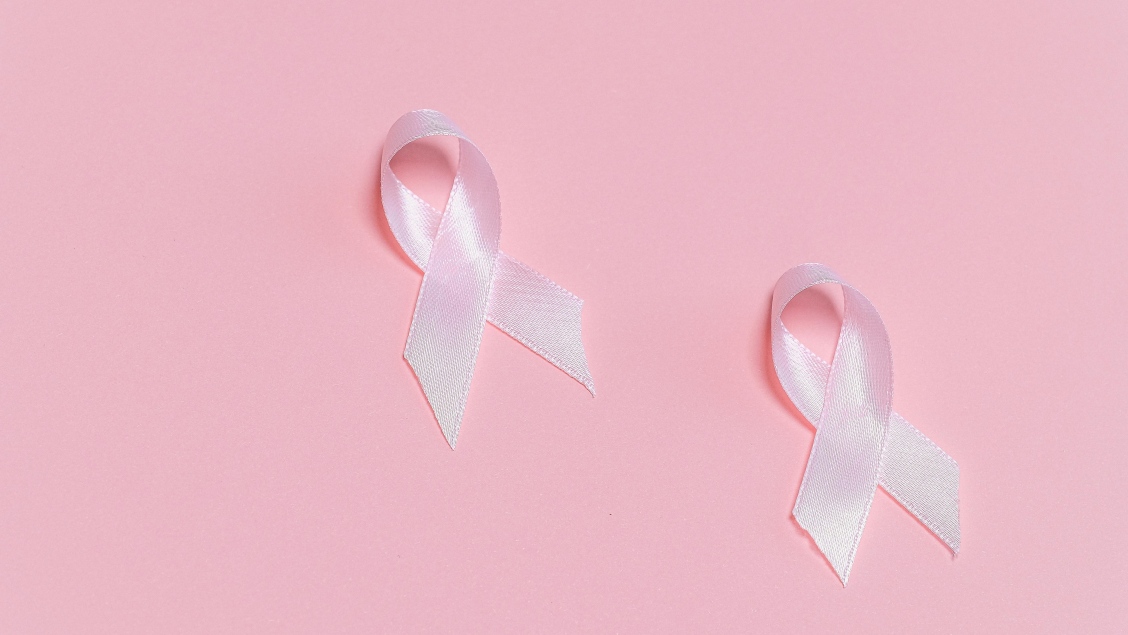
The Mental and Physical Benefits of Climbing
In 2016, it was announced that rock climbing would feature as an Olympic event at the Tokyo 2020 Games for the first time. Since then, it has skyrocketed in popularity. A report put together for The Association of British Climbing Walls found that, in 2019, 1.5 million people climbed indoors independently in the UK – a 50% increase compared to two years prior. It has also been shown that the number of climbing gyms is increasing year-by-year in North America.
Once deemed an unconventional and dangerous hobby, climbing is moving further and further into the mainstream. This is reflected in the climbing documentary Free Solo winning the Oscar for Best Documentary Feature Film in 2019, detailing the journey of Alex Honnold ascending El Capitan (Yosemite National Park) with no rope or protective equipment.
An increasing number of studies are being conducted on the benefits of this sport. Its unique physical and mental demands have long inspired passion in much of the community; with its recent surge in popularity, researchers are keen on outlining just how beneficial it is.
In light of this, we outline the main forms of rock climbing, as well as some of the ways in which it improves our wellbeing.
Types of climbing
Trad climbing
Traditional climbing requires one to place safety equipment in various parts of the rock face whilst ascending. Routes vary in length – from ten to hundreds of meters. Mechanical devices – called hexes and nuts – are inserted into various cracks and slots in the wall. Each one is attached to a carabiner, through which the climber threads their rope. This anchors the climber and catches them should they fall. The equipment is removed once the climb is completed.
Sport climbing
Similar to trad climbing, sport climbers ascend a route by linking their harness to anchors as they ascend. However, the difference is that sport climbers use bolts drilled into the rock face to break their fall. The climber ascends the route whilst threading the rope through these permanent fixtures. This makes it a safer alternative to trad climbing, as one does not have to worry about the temporary anchors breaking off or falling out.
Bouldering
Bouldering is the most popular form of climbing in many countries. Unlike most of the other types, ropes and harnesses aren’t used, being replaced with large crash mats to break one’s fall. Due to the lack of safety equipment, routes are usually short to maintain a safe distance from the ground. This activity can be done outdoors or in gyms: one just needs a bouldering mat, preferably with climbing shoes and chalk.
Top-rope climbing
In top-rope climbing, the climber attaches themselves to a rope descending from the top of a route. Usually, another person will act as an anchor, holding onto one end of the rope, with the other being thread through a bolt above the final hold. Put simply, the climber ties one end to their harness, and as they ascend, the other person will pull on the rope so that it is taut (usually using a belay device). This ensures that the climber will not fall far, as the second person takes their weight when they come off the wall. Many climbing gyms now feature auto-belays. These are machines that lower a rope from the top of the wall so that the climber can complete the route solo.
Free soloing
Free soloing is essentially a combination of bouldering and aided climbing: long (and often arduous) routes with no harness or protective equipment. A perilous form of the sport, many people have died whilst trying to ascend routes with no safety equipment. It is mostly performed by very elite climbers.
Physical benefits
Musculoskeletal system
Climbing works most of the major muscles and tendons of the body, as well as many lesser used ones. The legs, arms, fingers, shoulders and torso need to work in close coordination with one another to perform intricate maneuvers. Many muscle groups are engaged at once, but the focus is on the climb, as opposed to working specific muscles. This results in a uniquely engaging full-body workout, without the monotony and boredom that may be experienced at a regular gym.
Cardiovascular system
Trad climbing and sport climbing are great for cardio. Due to the increased distance of routes, your heart and breathing rates are higher for an extended period of time. Bouldering can also work cardio, but would involve ascending routes in quick succession. This is because bouldering routes are shorter, and so it is more difficult to increase your respiratory rate.
Balance and coordination
Simultaneously working many muscle groups is complex, and significantly improves balance as well as eye-hand-foot coordination. Balance is the basis of many techniques in climbing, as climbers needs to distribute their weight effectively in many unusual positions.
Flexibility
Many higher-graded climbs require a large degree of flexibility. Some footholds are placed on level with the climber’s shoulder; some require contortion of the spine to reach. This helps your muscles work to their maximum efficiency and also helps prevent injury.
Mental benefits
Depression and anxiety
Many studies have shown that climbing can significantly alleviate symptoms of anxiety and depression. Physical exercise, in general, is good for improving mental health; it appears that climbing is particularly effective, however. The immediate gratification after completing a climb and the clear measures of progress act as huge motivators in this sport. Development is incredibly tangible and fast-paced, which is often not the case for many sports and activities.
Problem solving
Climbing also gives you the opportunity to problem solve creatively. The set routes in climbing gyms are essentially a puzzle, requiring both physical strength and mental acuity. There is immense satisfaction to be had in attempting a climb in multiple different ways until reaching a solution. Additionally, there is no “correct” solution: each climber approaches a problem in a different way, according to their height, reach, skillset, etc. This builds resilience and patience, and improves feelings of self-efficacy, which spills over into other areas of life.
Mindfulness
As a high-intensity activity, climbing requires your full concentration. This unburdens your mind from other worries and concerns, allowing you to think purely in the moment. This has been shown to greatly improve mental wellbeing. With an ever-increasing number of distractions and demands, many of us suffer from or at risk of mental fatigue. The ability to remove oneself from past experiences and expectations for the future, as well as act without distraction, is incredibly valuable in the modern era, so it’s no surprise that so many people have recently taken up climbing.
Community
Although often viewed as an individual sport, climbing is a very social activity. Whether working as a group to solve a bouldering problem or acting as someone’s belayer, there is a strong sense of camaraderie in the climbing community. With a common purpose, climbing breaks down social barriers and can introduce us to people from all walks of life. Having a strong social network is incredibly important, and further enhances the impact climbing has on overall wellbeing.
MDPI’s journal Sports provides an excellent publication space for studies related to sports science. This includes papers covering sports nutrition, ergonomics, and the management of sports injuries.










